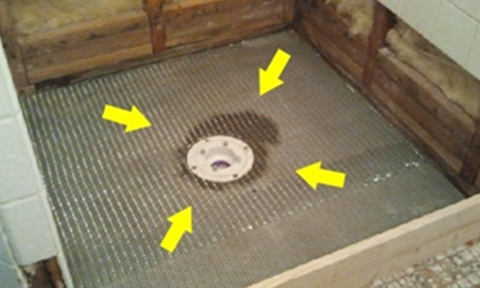Witness How Team MACJ- A Buyer’s Choice tracks the Invisible leak in the Concealed AC Drain outlet pipes and in the Sink outlet pipe in the Kitchen with the Help of Thermal Imaging technology.
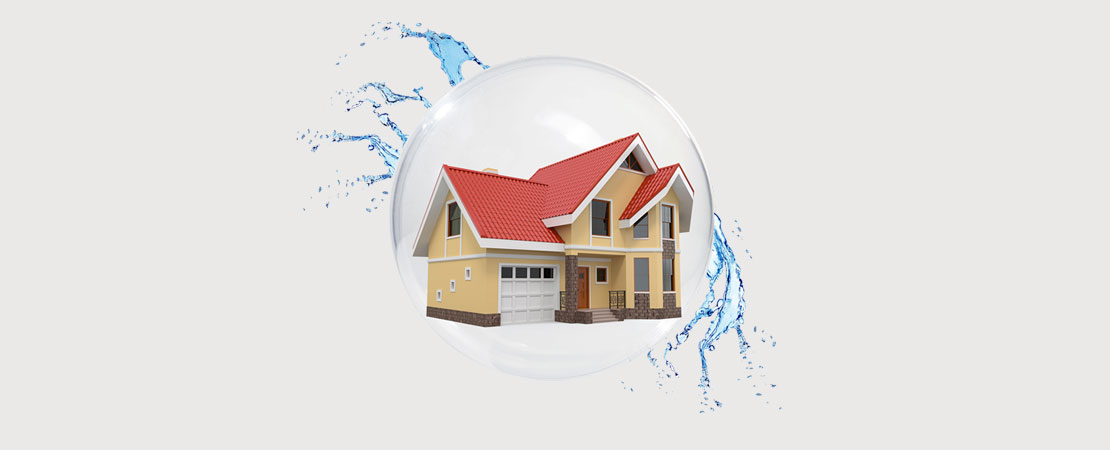
What is Waterproofing? | A Raincoat for your Home
Water infiltration into a home / building causes major problems to the structure. Water damages a building first cosmetically then structurally, results in building failure and most importantly the health of the residents. It is important to realize that by the time a stain shows up on the interior of your wall most likely irreversible damage is already caused to the exterior.
Before we get into the technicalities, allow us to explain you one simple thing. We wear a raincoat to protect ourselves from rain or water from wetting or drenching us, right? Waterproofing is the raincoat for a house.
Waterproofing is a system which prevents water (damp / water leakage / seepage / moisture) from penetrating into your house. As a raincoat keeps us dry, waterproofing / damp proofing is very important to keep our homes dry. It helps to reduce humidity inside the house and thereby protects things inside your house from damage caused due to humidity or water exposure. Waterproofing preserves the strength and the durability of concrete surfaces in a building.
Why is Waterproofing / Damp proof course (DPC) necessary?
Waterproofing increases your home’s value. It is one of the most critical, yet neglected concerns. Most of the time it is considered an inconvenience rather than a serious matter. Avoiding it will increase the problem & leave your wall damped.
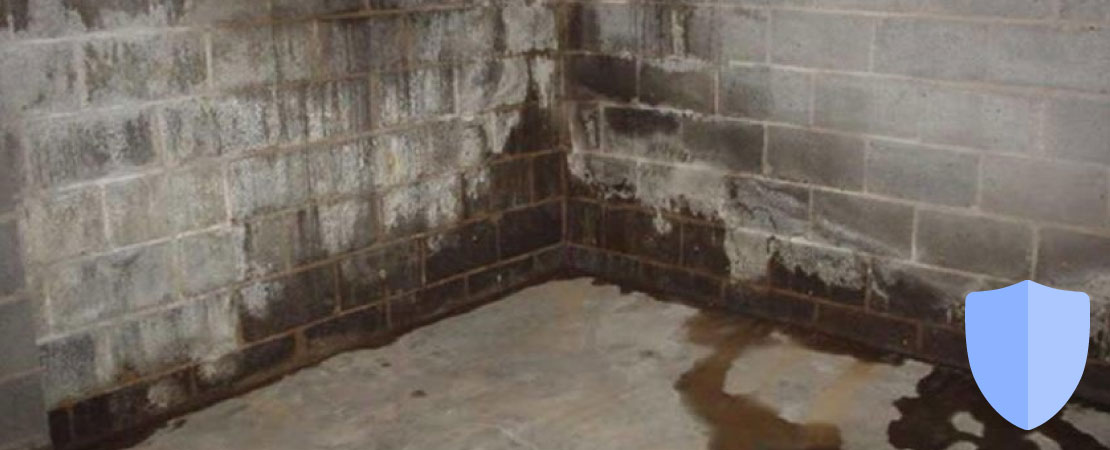
1. Protects the Interiors from Water Damage
The inner part of your home is usually exposed to many unpredictable weather elements like sun rays and rains. This includes walls, floors, ceilings, etc. How much ever you try to get your walls sealed by using steel, concrete, etc., during the construction, they do crack and get rusted.
Water leakage / seepage or more categorically moisture intrusion in buildings results into damp, uncomfortable internal environments; deterioration of internal finishes (including mould growth); unsightly damp areas on wall and ceiling surfaces and increased concentrations of harmful pollutants affecting occupant’s health. The exclusion of moisture from buildings is therefore not only desirable, but an utmost concern to the residents of the buildings.
Waterproofing or damp proofing in buildings makes the structure water-resistant and helps in formation of a solid barrier over surfaces of foundations, roofs, walls and other structural members of building to prevent water penetrations through these surfaces. It helps in reducing the humidity inside the building, minimizing the damage done to structure, furniture, human health and alike.

2. Prevents Onset of Health Problems
Damp is a Silent Killer. Moisture and Humidity are the uninvited as well as unwanted guests which cause significant damage to your home and the ones living in it. When moisture finds its way to enter your walls and ceilings, it leads to the growth of mold and mildew. This creates spores, which leads to many health problems. Spores get projected into the air, and when you breathe in, they will straight away travel to your lungs that can cause health problems. Common health hazards include Upper respiratory (nasal and throat) symptoms, Asthma symptoms in sensitized persons with Asthma, Cough, Wheeze, Allergies, Skin Diseases, etc. It is always preferable to have waterproofing done to your home at the right time (usually at the time of construction / renovation / interior design), to keep you and your family away from such unexpected health problems.
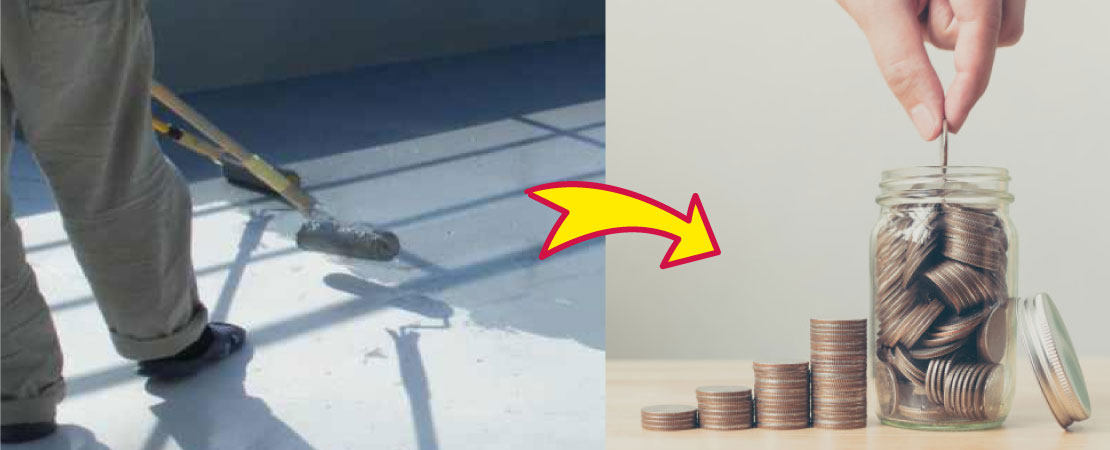
3. Saves Your Money
Waterproofing your home might seem like a daunting task & a blow to your budget. But, prevention is always better than cure. It is best to think of it as a long term investment that will reap benefits in the building’s lifetime.
Few other Reasons why waterproofing is required for homeowners / property owners:
- Prevents Frequent Leakages
- Enhances the Durability of the Structure
- Prevents hassles of repetitive Repairs
- Minimizes Reoccurring Repairs & Maintenance Expenses
- Puts an end to damaging of interiors
- Avoids serious health issues arising out of dampness
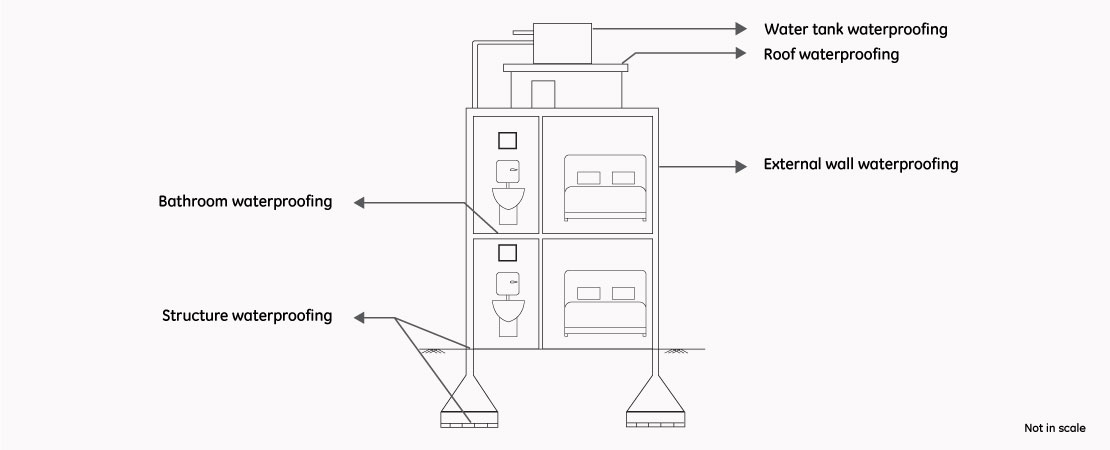
Where should Waterproofing be done in a building?
Some homes include only basic waterproofing, which at times is only restricted to roofs, but it is imperative to have proper waterproofing done at all the water entry areas to make the home leak-free home.The home will be protected adequately only when all the possible water entry areas are waterproofed. The five key surfaces that are crucial for waterproofing are:
- Roof / Terrace
- Exterior Walls
- Internal Wet Areas (bathroom, kitchens, balconies)
- Concrete Water Tanks
- Structural components(Below and around ground structures)
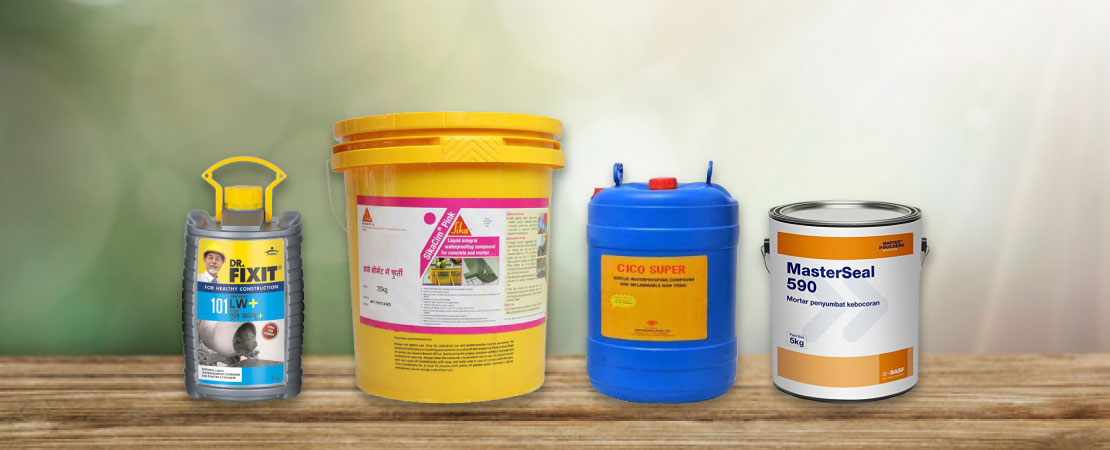
Waterproofing Solutions & Materials
Water barrier of external walls is normally achieved by providing desired wall thickness, adequate designing at construction joints and surface rendering and finishes which serve as barrier against water seepage / moisture intrusion. But normally no attention is paid towards critical areas like separation gaps, honeycomb areas, damp proof courses and so on. This results in significant leakages through external walls and damages to expensive internal structure, furniture & equipment.
The leading waterproofing contractors / service providers / materials manufacturers in India include Dr Fixit, Fosroc, Dura, MasterSeal, Krytonite, BASF, Newcoat, Proofex, Sika, CICO Technologies, etc. There are some paint companies like Asian Paints, Berger Paints, Nerolac Paints, etc which also provide waterproofing solutions.
Conclusion
Water enters the building and can have immediate and long term undesired effects. Apart from damage to the building contents, structural damage is unavoidable if the problem persists. Further this can have serious adverse effect to human health.
The goal of building waterproofing is to prevent as much water as possible from penetrating into the house, and to provide outlets and drainage so that if water does get inside, it is not allowed to remain. Many designers while designing simply forget that there is going to be water.
”Sukanta Mallik, VP – R&D, CICO Technologies Ltd, says, “We do not suffer any lack of advanced system or materials, but mainly waterproofing problems plague us due to increasing complexity of construction, blatant disregard to most of the waterproofing principles, and also, inability to co-ordinate interfacing between the multitudes of construction systems involved in a single building.”
If you are still not convinced and you are a huge admirer of Mr. Amitabh Bachchan then kindly watch…… www.youtube.com/watch?v=h-2rKW1gRCQ
For more information on the subject and long term solutions, please also read our blog…… www.macj-abuyerschoice.com/damp-seepage-assessment-with-solutions-through-thermal-imaging-technology

9 Steps to Make Your Home Monsoon Ready
If summer comes, can monsoon be far behind! Every year by the end of June, monsoon arrives in major parts of the Indian subcontinent ushering in a prolonged spell of light to heavy rainfall. There is a visible change in life everywhere. Nature’s palette all of a sudden gets filled with diverse shades of green. But beauty and relief aren’t all that the season of showers brings along with it.
The rains turn out to be quite an ordeal for our beloved homes. Hidden crevices and leakage in the home infrastructure lead to damp and seepage problems, and if a home is already suffering from one of such problems, during heavy rainfall, it tends to get intensified. Result? – Damage at multiple levels.
Damp, seepage or leakage has a toxic effect on the health of a house. There are watery patches and black mildew spots on the exterior or interior walls, plaster and wallpaper start peeling off, tiles on the bathroom and kitchen walls seem to bulge out, and in worst conditions, ceilings become leaky and water starts dripping down the walls!
Damp poses serious health threats to the inmates of the house. The high moisture content leads to the growth of microbes such as fungus, mould and algae turning home into a hub of diseases. Allergic rhinitis, bronchitis, asthma, skin and sinus infections become a regular concern. To add to the plight of all, a typical odour of dampness fills the air triggering discomfort and claustrophobia.
To avoid such torment every year you need to be a little alert. Even before the first shower of the season wets the earth you must make your homes monsoon ready. Here’s how you should go about it:
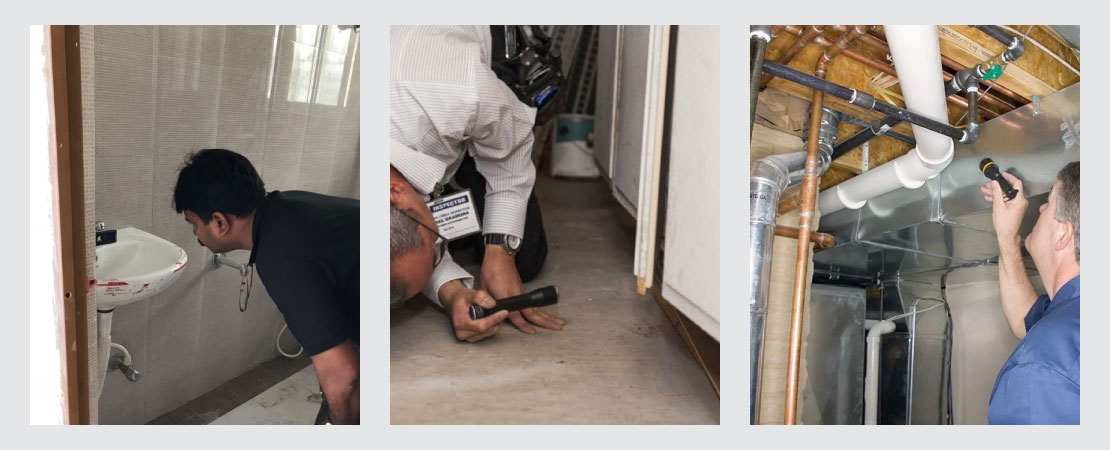
1. Examine the house visually
Take a closer look at your home. Do you see any crack or damaged tile on the ceilings or the walls? Is there a leaking pipe in your kitchen or bathroom? Get it repaired immediately or else, the monsoon rains will worsen things further. Damp spots are obvious if there is seepage on the wall. But then, these are signs of deeper problems which call for expert intervention.
Find the underlying cause of water seepage
Water seepage is a common problem in regions receiving high monsoon rainfall. Studies show within five years of construction completion, water starts seeping through the external walls of a building. The main reason in most of the cases is poor construction practices. The findings of a survey conducted on about 10,000 households in Mumbai revealed the use of single layer of brick walls. As a result, cracks develop on them easily resulting in water ingress.
Other reasons for water seepage are:
- Water absorption and permeability of the wall materials
- Faulty control joints and expansion joints
- Penetrating moisture
- Capillary action-led rising dampness
- Developing honeycomb structures in plaster or concrete
- Inadequate separation gaps
All these issues can be addressed through visual inspection, waterproofing & crack bridging of walls.
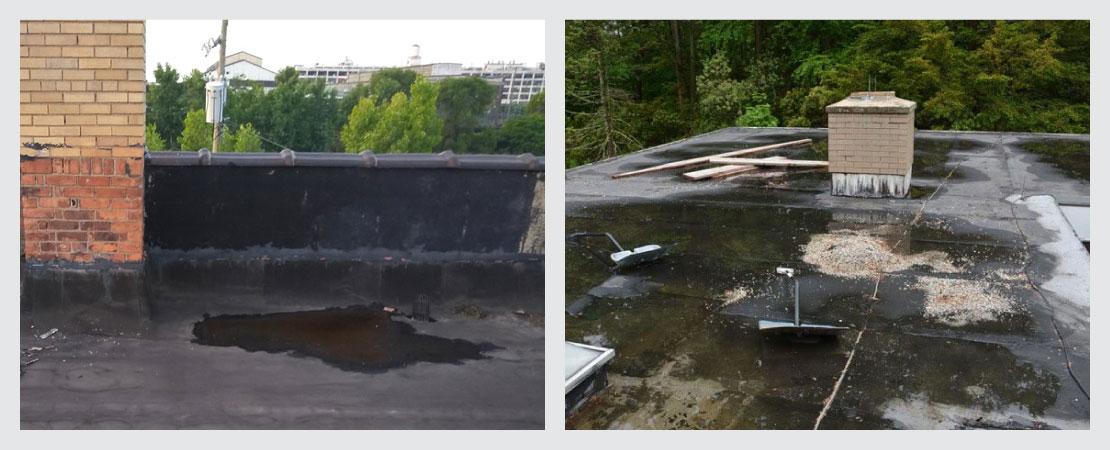
2. Clear blockages in the drainage system
Make sure there is no blockage in the drainage pipes of the buildings to avoid overflows and water-logging. Standing water in the roof, especially, can be a real headache if not cleaned in time. The water tends to seep through the ceilings and walls before finally making its way through cracks not visible to the naked eyes. Soon, ugly water spots begin to show up and the ceilings and walls start flaking and sprouting moulds. To solve the problem you may opt for roof waterproofing but before that, get a thorough inspection done for a long-term solution.
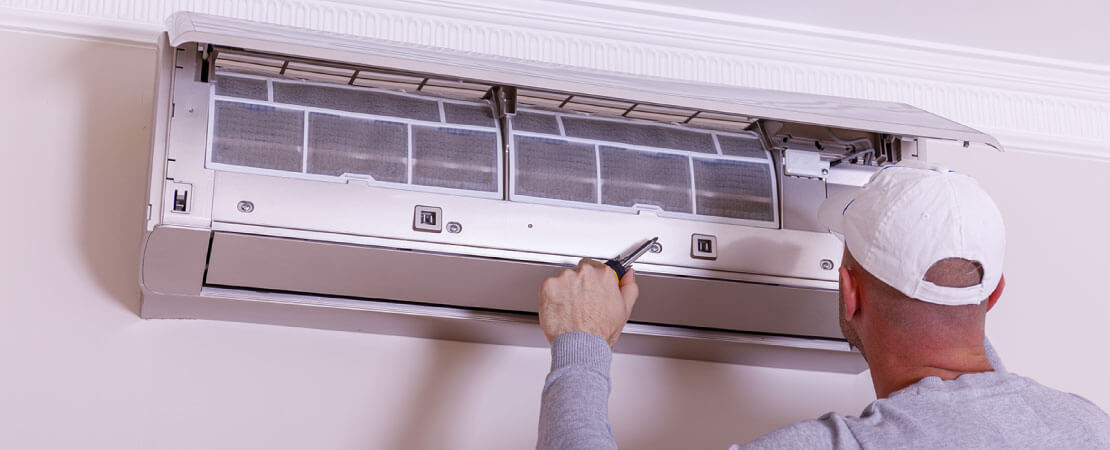
3. Service your big home appliances
Before the onset of the monsoon, get all your big home appliances serviced. Check your air conditioner for any possible leakage, both in the indoor as well as the outdoor unit. Defrost the freezer and drain the water if required. And finally, make sure your washing machine spinner/drier is working in its optimal condition so that even if you have to dry your clothes indoors when it is raining, you don’t end up increasing moisture content of your home. Servicing your home appliances will also reduce the possibility of bigger problems like electrocution.

4. Ventilate your home properly
Proper ventilation is crucial for maintaining a damp-free, healthy environment at home. Keep your windows open when you are not using the AC and let the fresh air and natural light come in. Sunlight kills mould spores and fungus and helps to reduce in-house moisture content. You may wonder why bother about the moisture condition of your home? Well, moisture is the invisible culprit that disturbs the functioning of your building system rendering it weak, over the years. It is important that you learn to identify the common symptoms of the moisture problem and save your home and family from long-term damages.
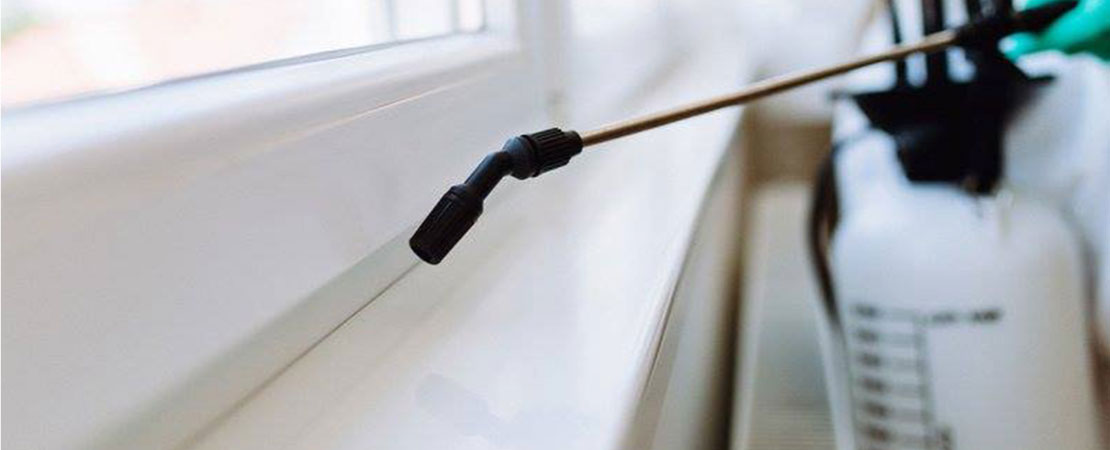
5. Get rid of pests and insects
Ventilating will address pest issues of your home only partially; to get rid of them completely, go for a pest control drive. Make all the possible passages, corners, outlets, and cracks of your house pest-free. This will not only help reduce the chances of allergy and infection in monsoon but will also stop cracks from widening further.
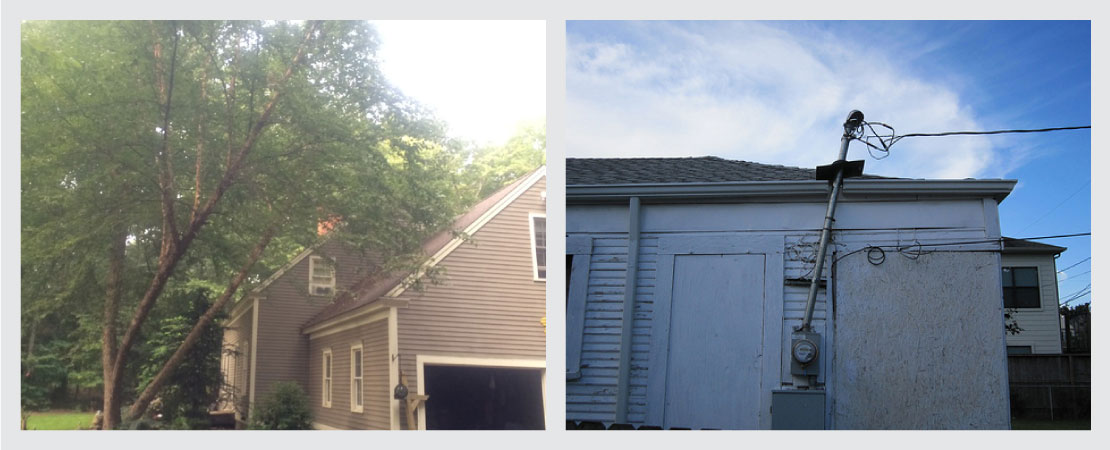
6. Keep your surroundings clean
As you ensure your home ventilation, do not forget to check the surrounding area too. See if any tree branch is leaning on your terrace. Cut or trim it before it gives way during a heavy downpour damaging your walls. Also, check if any loose electrical overhead line is hanging near to your building. Alert the civic authority of your area and get it fixed to avoid major electrical accidents.
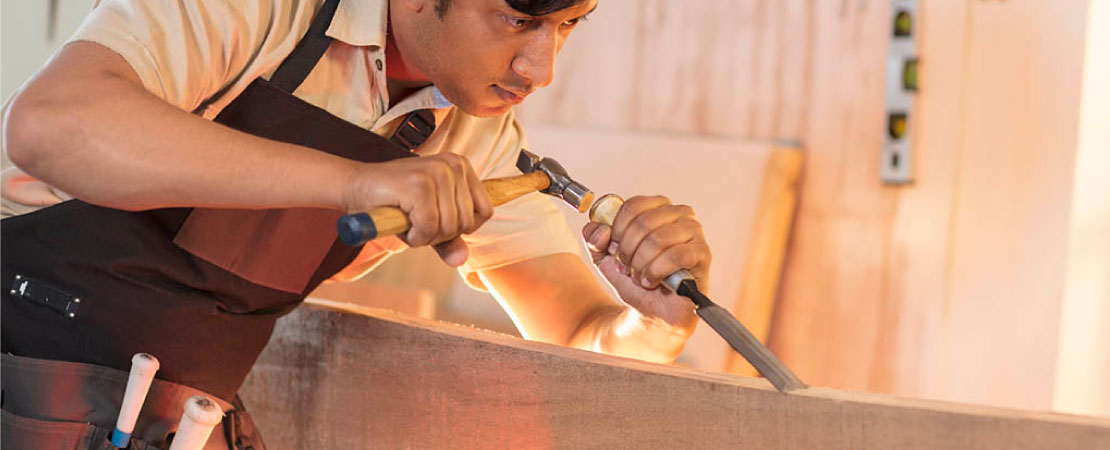
7. Other nitty-gritty of a clean home interior
Wooden doors tend to swell with moisture in a damp house. During monsoon, the problem increases. So, get them fixed by your carpenter properly while also putting a fresh polish on them to minimize water absorption. In the case of metal-framed doors and windows, it is advisable to go in for a repaint to avoid rusting and seepage of rainwater through them. Get your windows sealed with a good sealant.
Furniture is another crucial part of home decor. Clean them regularly with dry clothes to keep them dirt and fungus-free.
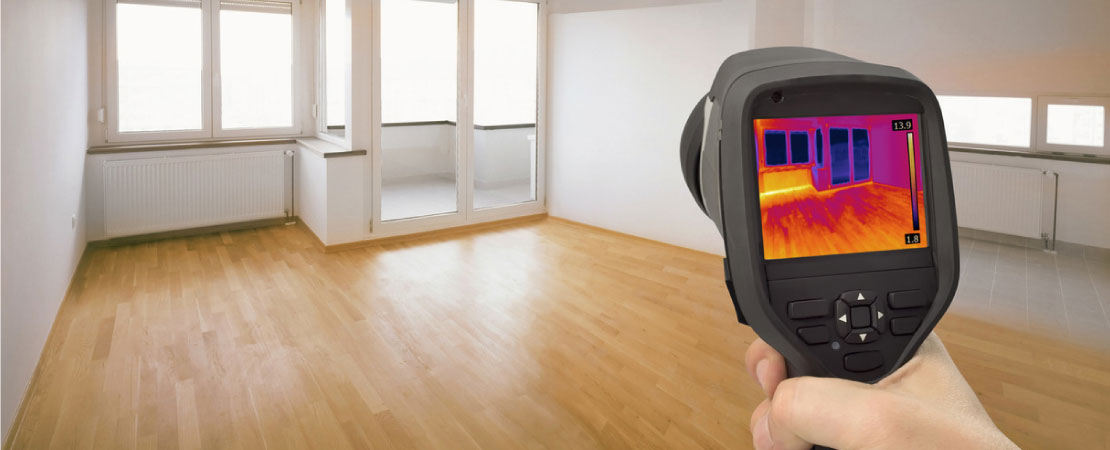
8. Get moisture / damp intrusion of your home assessed for long-term solutions
No matter how vigilant you are about your home, you cannot vouch for its complete monsoon-readiness. There is always more than what your eyes can see. So, it is better to seek an expert’s help and get things assessed properly by a Home Inspection Company.
Deeper causes behind moisture, damp, seepage and leakage:
- Condensation – happens when a property is unable to deal with the normal level of moisture inside it. It happens due to lack of insulation, poor ventilation, or a combination of both things.
- Rising damp – happens when the water vapour tends to rise from below the ground level to a height of about one metre of the building.
- Penetrating damp – happens when rainwater or water from an external leakage enters into the envelope of a building.
- Construction damp:
- Plumbing failure
- Concealed leaks i.e. leaks in AC gas pipe, drain pipe etc.
- Humidity on toilet tanks, HVAC systems, water pipes, and other mechanical objects
It is impossible for a person who is not an expert in construction and engineering to speculate the above problems in an apparently healthy home. Only someone equipped with an advanced solution like thermal imaging technology can detect the problem by going to the core of it.
9. Do consider a thorough electrical inspection
Everyone knows water and electricity make a dangerous combination. If your home is damp and there is a hidden problem in your building’s electricity line, monsoon will bring you serious headaches. Your home will be vulnerable to minor to major electrical accidents. To avoid any such mishap it is important to get your entire home electrical system inspected so that even the smallest of problems are detected and you are able to repair it in time.
In India, data shows that the majority of household fires are caused due to electrical short circuits. Though there is a regulatory framework in place the awareness against electrical fire safety is lacking big time.
We all know that prevention is better than cure. So, do not leave your home’s safety at the mercy of the Rain God. Get a timely damp/seepage inspection of your home done along with a detailed assessment of the electrical system. Then as per the reports, repair and refurbish the damaged parts, and be ready to welcome the monsoon!
Reference
www.nbmcw.com/product/waterproofing-repair/28659-waterproofing-external-walls-of-buildings.html
Interaction with Ms. Debjani Mukherjee, Senior VP, Urbana Residential Projects, Kolkata
A brief interaction with Ms. Debjani Mukherjee, Senior VP, Urbana Residential Projects. Standing proudly, the tallest & premium Residential Project – Urbana has changed the Skyline of Kolkata, and has set a Benchmark in the City. It has been successfully delivered with around 650 happy families staying and some more to move soon. Phase 2 of the project with another 600 units will be launched soon. Urbana is a joint enterprise of the Government of West Bengal along with 6 leading business houses of Kolkata, namely, Emami, Sureka, Shrachi, MKJ, JB and Nahata Groups.
MACJ – A Buyer’s Choice has conducted home inspections of around 250 apartments in Urbana residential project.
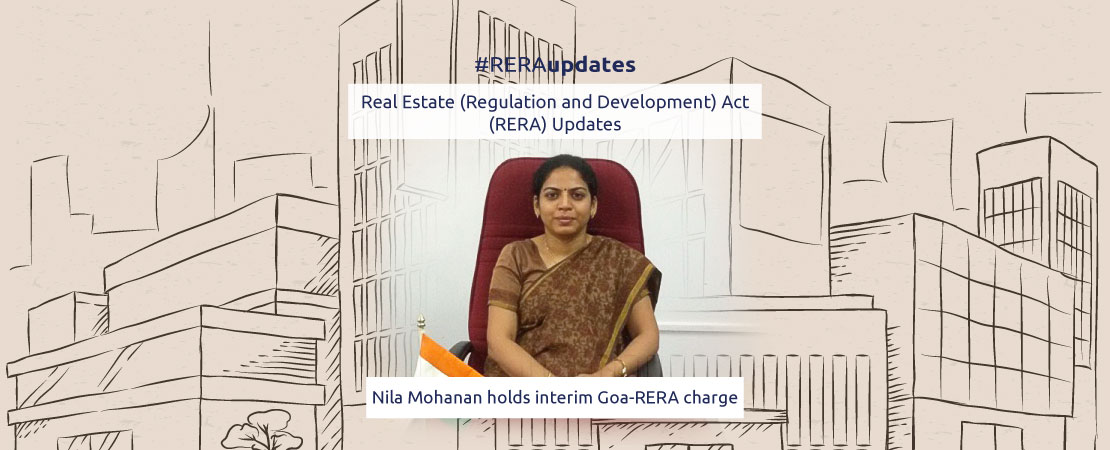
Nila Mohanan holds interim Goa-RERA charge
Goa
With the transfer of bureaucrat Sudhir Mahajan to Andaman and Nicobar Islands, the post of the interim Real Estate Regulatory Authority has fallen vacant.
The government has issued an order stating the secretary of urban development will officiate as the regulatory authority, however, Goa lacks a full time urban development secretary, too.
IAS officer Nila Mohanan has been given charge as urban development secretary as an interim measure along with her full time assignments as secretary education and secretary revenue.
“Government of Goa hereby designates the secretary urban development as the regulatory authority for the purpose. This order shall come into force with immediate effect,” director and additional secretary for municipal administration R Menaka said in the official order.

Home Inspection Services Now Available for Goa Home Buyer / Property Owner
Now Home Buying Process becomes Easier & Safer in Goa, with the Launch of Professional Home Inspection Services in the State. MACJ- A Buyer’s Choice Home Inspections opens it offices at Verna Goa, owned and operated by Mr. Ravi Bhupal, a Goan. The Home Inspection Services benefits to all the Stakeholders in the Real Estate value chain, starting right from the Developer to the Realtor to Interior Designer to the ultimate Home Buyer.
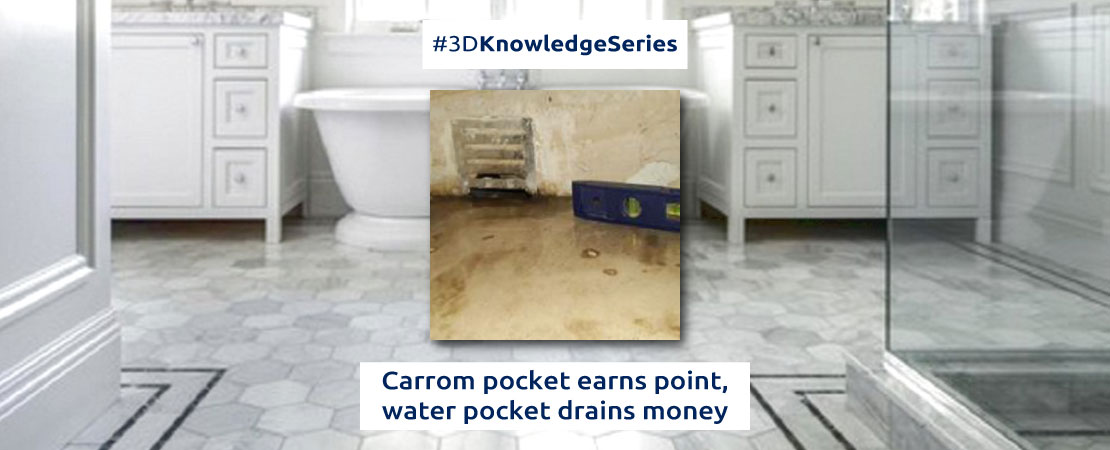
Live Demo on Home Inspection Process. Learn How it is Done!
Get First Hand Experience of What Professional Home Inspection is all about. Witness the Team MACJ- A Buyer’s Choice giving you live demonstration of a complete Home Inspection. The team takes you to all the Areas & Elements involved in a Professional Home Inspection. Areas like Bedroom, Bathroom, Living & Dining, Kitchen etc, and elements like Walls, Ceiling, Floors, Doors, Windows, Electrical & Plumbing.
The Team uses State of the Art tools & technologies during the Home Inspection, tools like Moisture Meter, Digital Thermometer, Ammeter, Borescope, Pressure Gauge, and technology like Infrared- Thermal Imaging Camera etc.
Insight of an Indian Home Owner – The Bitter Reality
Most of us have gone through this or facing similar situation!
Insight of an Indian Home Owner.
Are you a victim of unhealthy Homes?
Are you spending money like anything for a better health of your Home?
If you are, then this is a must watch video for you.
Explaining the Home Inspection Process Step by Step
When your home is healthy your family gets a safe living. MACJ – A Buyer’s Choice brings to India advanced Home inspection services. Watch the CEO of MACJ – A Buyer’s Choice, Mr. Mahendra Sureka talking and explaining home inspection needs.



